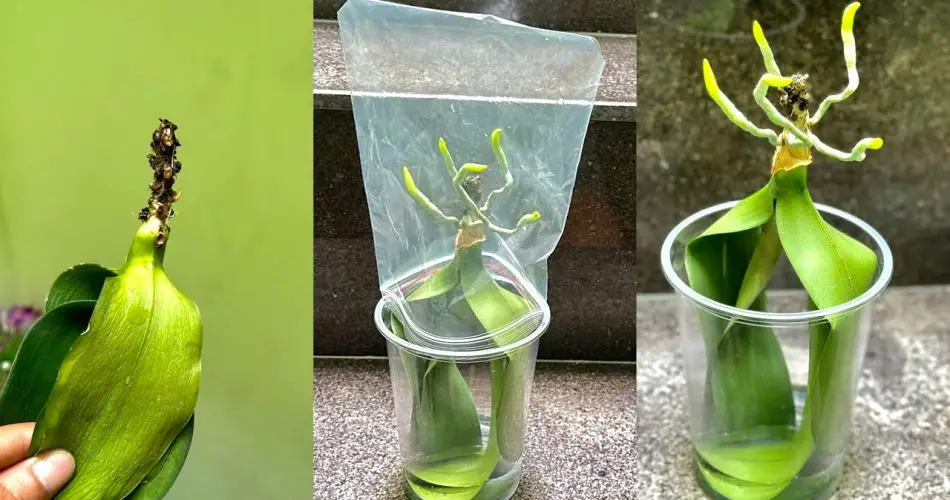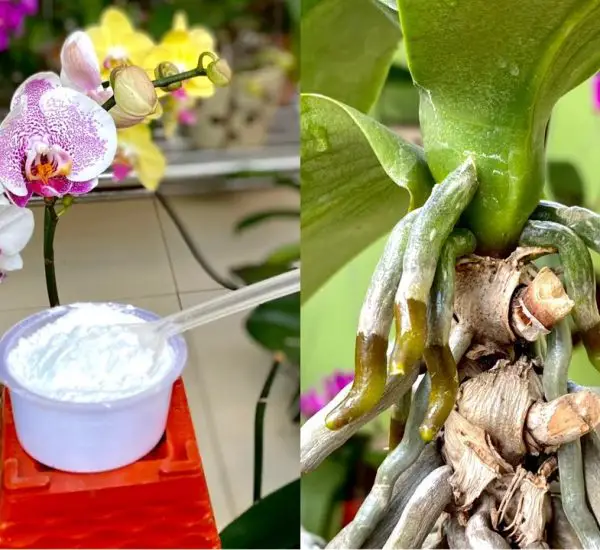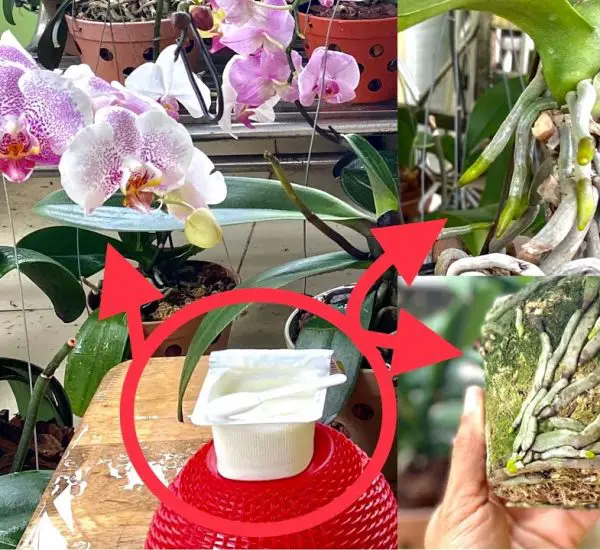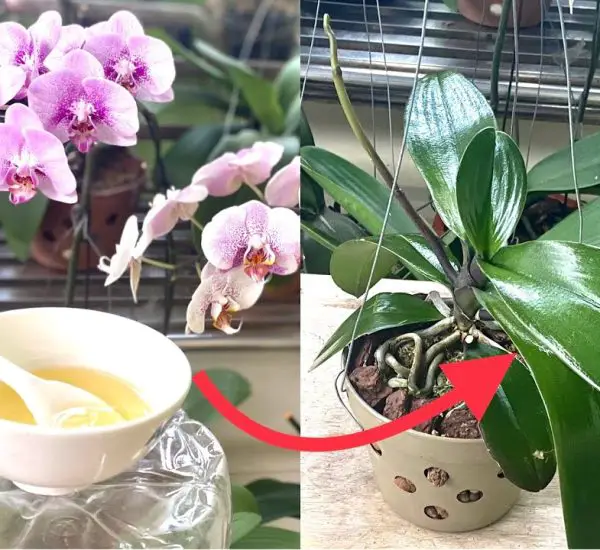Identifying Root Issues: A Crucial First Step
When orchids exhibit wrinkled leaves and stunted growth, it’s time to inspect the roots. Damaged roots lead to a locked metabolism, hindering the plant’s ability to carry out essential processes. The removal of old planting material is imperative as damaged roots can no longer absorb water and nutrients. Neglecting this step can severely impact the overall growth of the orchid. To initiate the restoration process, dry branches and damaged roots should be promptly cut off, ensuring a clean start for the orchid’s recovery.
Root Restoration: A Simple and Effective Method
Before rushing into immediate replanting, consider a root restoration method that promotes stronger root development. This unique approach involves using a small ginger root or, alternatively, a clove of garlic. Both options are effective in disinfecting and protecting the plant from fungi. The process begins by placing the chosen root in 400 ml of water. Subsequently, use a soft towel soaked in ginger juice to gently wipe the orchid’s leaves. This step aids in the plant’s overall recovery.
Soaking and Mist Treatment: Nurturing New Roots
After treating the leaves, immerse the root of the orchid in the ginger juice for approximately 30 minutes. This soaking process serves to disinfect the roots and stimulate the growth of new, healthier roots. Subsequent potting involves using pure water, providing just enough to cover the roots. To ensure continuous strength in the leaves, use small plastic bags to cover them, allowing for proper air exchange every two days. Regular misting of water at the base of the tree contributes to a favorable environment for root recovery.
Transplanting for Enhanced Growth: Achieving Greener, Stronger Leaves
Following four weeks of meticulous care, observe the orchid’s robust and healthy root growth. As the roots strengthen, continue misting to foster further growth. After approximately 10 weeks, when the roots have thrived, consider transplanting the orchid into a new pot. Utilize pine bark that has been soaked for three days and washed for this purpose. The leaves, now greener and more robust, signify the success of the restoration process. This method offers a comprehensive solution, addressing root health, leaf strength, and overall orchid vitality.



